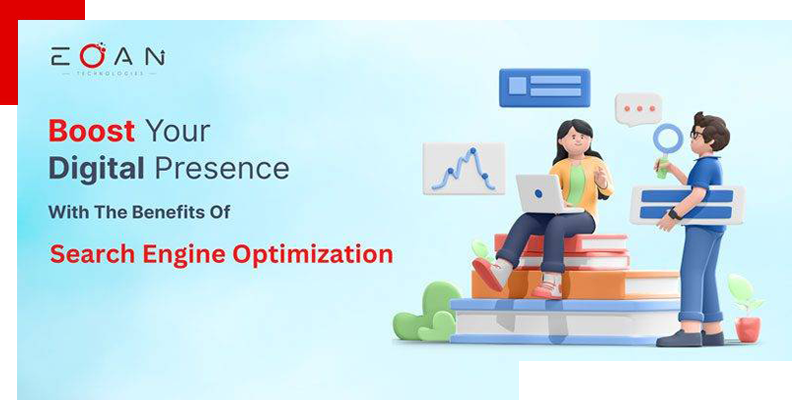Introduction: The Importance of a Personal Website
In today’s digital age, having a personal website is a powerful way to showcase your skills, accomplishments, and personal brand. Whether you’re an entrepreneur, freelancer, or job seeker, a well-designed personal website can make a lasting impression. This guide’ll walk you through creating a personalized digital space that reflects your unique identity.
—
Section 1: Define Your Purpose and Audience
Before diving into the design process, it’s crucial to define the purpose of your website and identify your target audience. Are you showcasing a portfolio, sharing your expertise, or creating a digital resume? Understanding your goals will guide the design choices throughout the process.
—
Section 2: Choose the Right Platform
Selecting the right platform is the foundation of your personal website. Consider user-friendly options like WordPress, Wix, or Squarespace. Each platform offers customizable templates and features, allowing you to create a website that aligns with your vision without extensive coding knowledge.
—
Section 3: Designing Your Personal Brand
- 3.1 Selecting a Color Scheme:**
Choose a color palette that resonates with your personal brand. Consider colors that reflect your personality and align with the emotions you want to evoke. - 3.2 Crafting a Unique Logo:**
Create a simple and memorable logo to represent your personal brand. This could be your name stylized or a symbolic representation of your skills or interests. - 3.3 Typography Matters:**
Opt for readable fonts that align with your brand’s tone. Consistency in font choices across your website enhances visual appeal and professionalism.
—
Section 4: Structuring Your Content
- 4.1 Home Page Introduction:**
Craft a compelling introduction on your homepage. Communicate who you are, what you do, and what visitors can expect from your website. - 4.2 Portfolio Showcase:**
If applicable, create a portfolio section to showcase your work. Use high-quality images and provide concise descriptions to highlight key projects and achievements. - 4.3 Resume and Skillset:**
Include a section with your resume and skill set. This provides visitors with a comprehensive overview of your professional background and expertise.
—
Section 5: Optimizing for SEO
- 5.1 Keyword Integration:**
Identify relevant keywords related to your skills and industry. Integrate these keywords naturally into your content, especially in headings, meta tags, and descriptions. - 5.2 Mobile Responsiveness:**
Ensure your personal website design is mobile-friendly. Search engines prioritize mobile-responsive websites, contributing to better search rankings. - 5.3 Page Speed Optimization:**
Optimize image sizes and minimize unnecessary elements to improve page loading speed. Faster loading times positively impact user experience and SEO.
—
Section 6: Engaging with Your Audience
- 6.1 Contact Information:**
Include clear contact information, making it easy for visitors to contact you. This can be a contact form, email address, or links to your professional social media profiles. - 6.2 Blog or Updates Section:**
Consider regularly adding a blog or updates section to share insights, experiences, and industry-related content. This not only engages your audience but also contributes to improved SEO.
Conclusion: Launching Your Digital Presence
Congratulations! You’ve navigated the process of how to make a personal website design. Your digital identity is ready to leave a lasting impression on potential clients, employers, or collaborators. Regularly update and refine your website to ensure it continues to align with your evolving personal brand.







